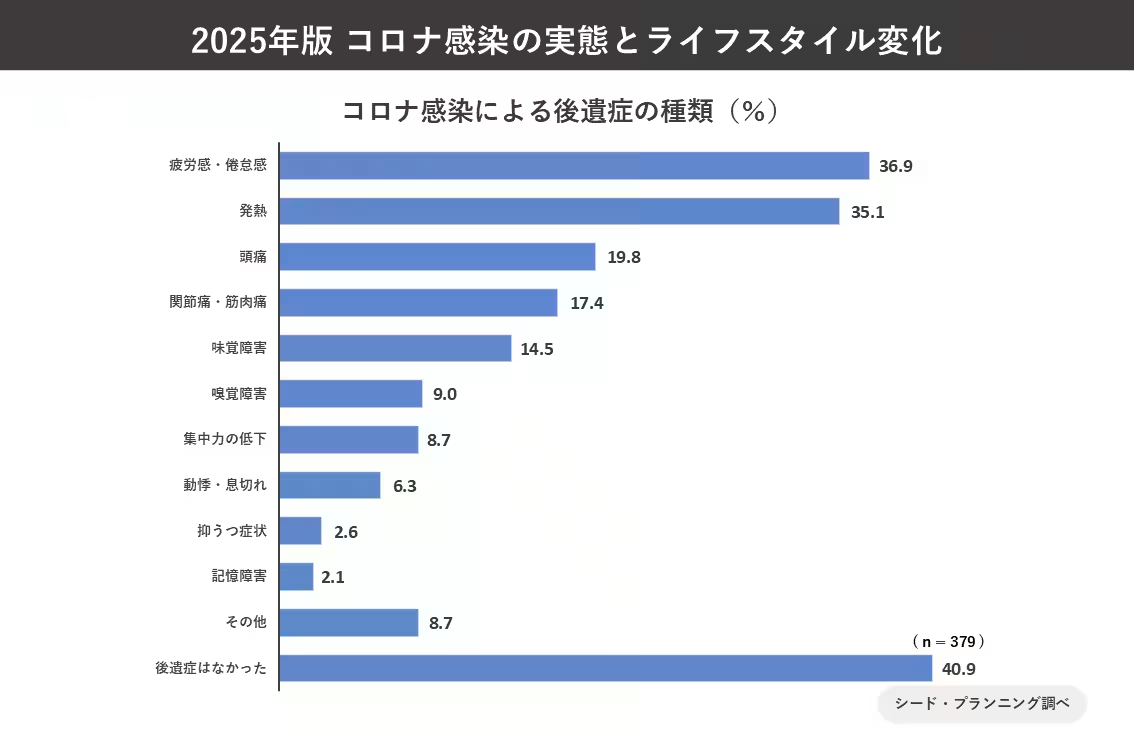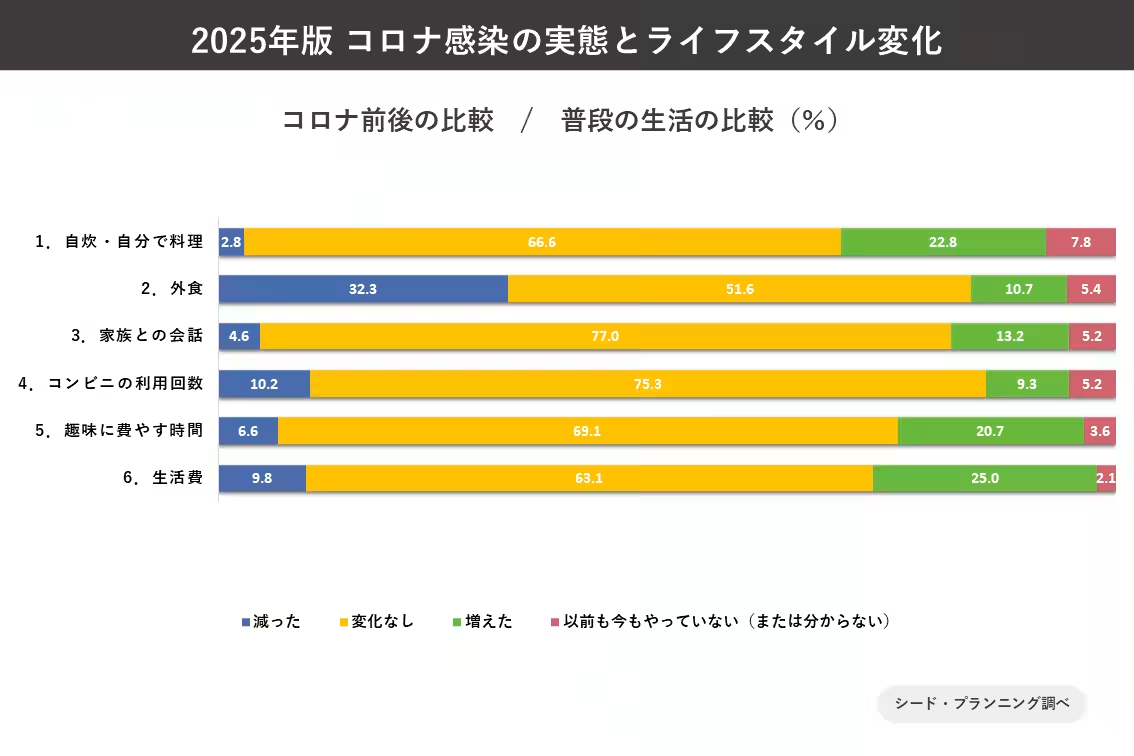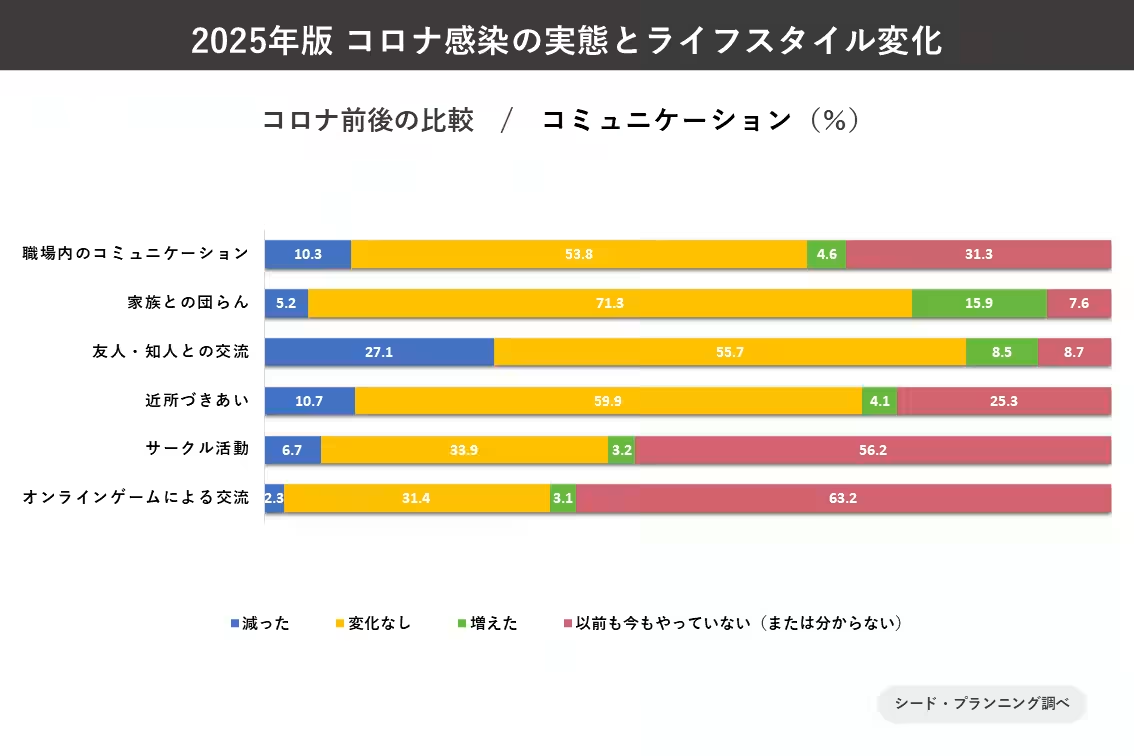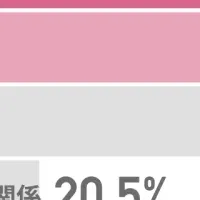

How COVID-19 Transformed Lifestyles: A Deep Dive Into Changes and Trends
Introduction
In a recent survey conducted by Seed Planning, the impact of COVID-19 on lifestyles was rigorously analyzed. This study surveyed 1,000 residents across the Kanto and Kansai regions of Japan to identify how behaviors and routines have shifted since the onset of the pandemic. The analysis not only includes quantitative data but also qualitative insights gathered through focus group discussions with participants aged 20 to 60.
Background and Purpose
Since the classification of COVID-19 shifted from a Class 2 infectious disease to a Class 5 disease on May 8, 2023, nearly two years have passed during which the effects of the pandemic have continued to be felt. The pandemic prompted noticeable lifestyle changes, including a rise in telecommuting, a decline in dining out, and reduced social gatherings at night. This study aimed to uncover generational differences and variations based on profession and location regarding lifestyle adjustments post-COVID-19.
Survey Methodology
The survey involved responses from a balanced demographic of residents across Tohoku, Kanto, and Kansai. Focus groups played a crucial role in selecting relevant themes and areas to explore in the survey, which included a total of 42 aspects of lifestyle changes categorized into five sectors. Each sector was examined for variations according to gender, region, and generation. Advanced techniques such as text mining were employed to analyze open-ended responses for deeper insights.
Key Findings
Preliminary Focus Group: Prior to the survey, a discussion was held with representatives from the 20s to 60s age groups to refine survey topics.
Impact of COVID on Symptoms: Among the 1,000 participants, 379 reported experiencing long-term symptoms post-infection. Approximately 40% claimed to have had no lingering effects. Among those with symptoms, fatigue and fever were the most prevalent, reported by roughly 35%, while headaches and joint/muscle pain followed at about 20%.
Daily Life Changes Post-COVID
The survey evaluated six categories of daily life changes. More than 90% of participants acknowledged shifts in their routines. Notably, the time spent on cooking at home and hobbies increased by over 20%, while dining out decreased significantly, with approximately 30% experiencing this reduction. Conversely, both family conversations and convenience store visits saw minor fluctuations with only about 10% experiencing significant changes.
Furthermore, certain demographic trends emerged: older participants reported a heavier decline in dining out compared to younger generations, who displayed increased tendencies towards cooking and spending time on hobbies.
Communication Trends
The pandemic also impacted communication habits. A marked decrease in social interactions, particularly with friends and acquaintances (down by 30%), stood out. However, family bonding activities rose by over 15%, showcasing a shift toward strengthening familial relationships during isolation. Other forms of communication, such as colleague interactions and neighborhood relations, saw a slight decline, indicating that while social engagements diminished, family ties grew stronger.
Conclusion and Implications
The findings of this survey present critical insights into the ongoing transformation of lifestyles in a post-COVID world. As society continues to adapt, identifying these trends can pave the way for innovative approaches within the consumer market and beyond. Understanding different generational and regional behaviors enables businesses to align their strategies accordingly, ensuring a response that resonates with the evolving needs of the population.
For more detailed insights, please refer to the official report by Seed Planning here.




Topics People & Culture)










【About Using Articles】
You can freely use the title and article content by linking to the page where the article is posted.
※ Images cannot be used.
【About Links】
Links are free to use.